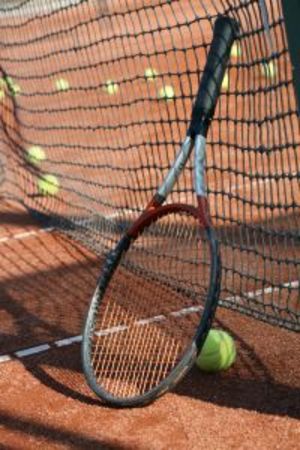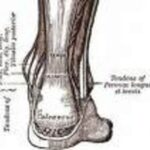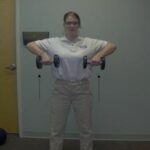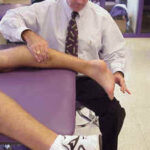Did you know that you don’t have to play tennis to get tennis elbow? It’s a painful condition common to those who manage to lift and push enough to inflame a tendon in the arm.
What exactly is tennis elbow?
According to the American Academy of Orthopaedic Surgeons (AAOS), its medical name is lateral epicondylitis. The condition is linked to overuse of your elbow, whether it’s from too much tennis or pushing on a stubborn sliding glass door day after day to get to your patio.
Tennis elbow is an inflammation of the tendons that join your forearm muscles on the outside of your elbow due to too many repetitive motions.
Fortunately, there are many treatment options for tennis elbow. The Mayo Clinic reports that the primary ones include:
Analyzing arm movement. Your doctor might have you see an expert to check how you use your arm. The goal is to find the best movements to cut the stress on the injured tissue.
Exercises. A physical therapist can sugggest exercises that gradually stretch and strengthen the affected muscles. Once you’re proficient at them, you can perform them at home or at work.
Orthotics. Use of orthotics for tennis elbow requires an order from your doctor. It involves wearing straps or braces to reduce stress on the affected area.
Corticosteroids. Doctors prescribe them for patients when their pain persists at a severe level. They’re available in a form that can be absorbed through your skin as well as via injection. Many physicians recommend resting your arm or trying physical therapy first because corticosteroids don’t appear to give a definite long-term benefit over other types of treatment.
Surgery. If you’re still in a lot of pain after completing other types of therapy, your doctor might send you to an orthopedic surgeon. This usually occurs only after you’ve attempted other types of treatments for at least six months. Only around 10 percent of patients suffering from tennis elbow require surgery.
Investigative treatments. Researchers are working on a number of other potential types of treatment. Among them are buffered platelet-rich plama injections, acupuncture, botulinum toxin and topic nitric oxide.
Lifestyle and home remedies. There are quite a few things you can do at home to help lessen the symptoms of tennis elbow. They all fall under the acronym P.R.I.C.E.: protect, rest, ice, compression and elevation.
You can start by avoiding use of the injured joint, such as discontinuing a sport of activity until you’re better. Another way to give your elbow a rest is to wear a forearm splint at night.
When you experience an injury, be sure to apply ice – a cold pack, ice massage, slush bath or compression sleeve with cold water – quickly to ward off swelling. An elastic wrap or bandage is ideal to compress the affected part of your arm. Whenever possible, you should keep your elbow above the level of your heart to at least limit swelling.
Prevention
A few logical steps can prevent tennis elbow. These include having a pro review your technique if you actually play tennis. Before the season of any sport begins or you’re about to embark on some other type of repetitive activity, do some strengthening exercises with hand weights.
Whenever you perform any lifting activity, try to keep your wrist straight and rigid to work the larger muscles of your upper arm instead. Always warm up properly and apply ice after heavy-duty use of your arm to avoid tennis elbow.
Sources:
American Academy of Orthopaedic Surgeons (AAOS) site
Mayo Clinic site
Reference:
- American Academy of Orthopaedic Surgeons (AAOS) site
- Mayo Clinic site






